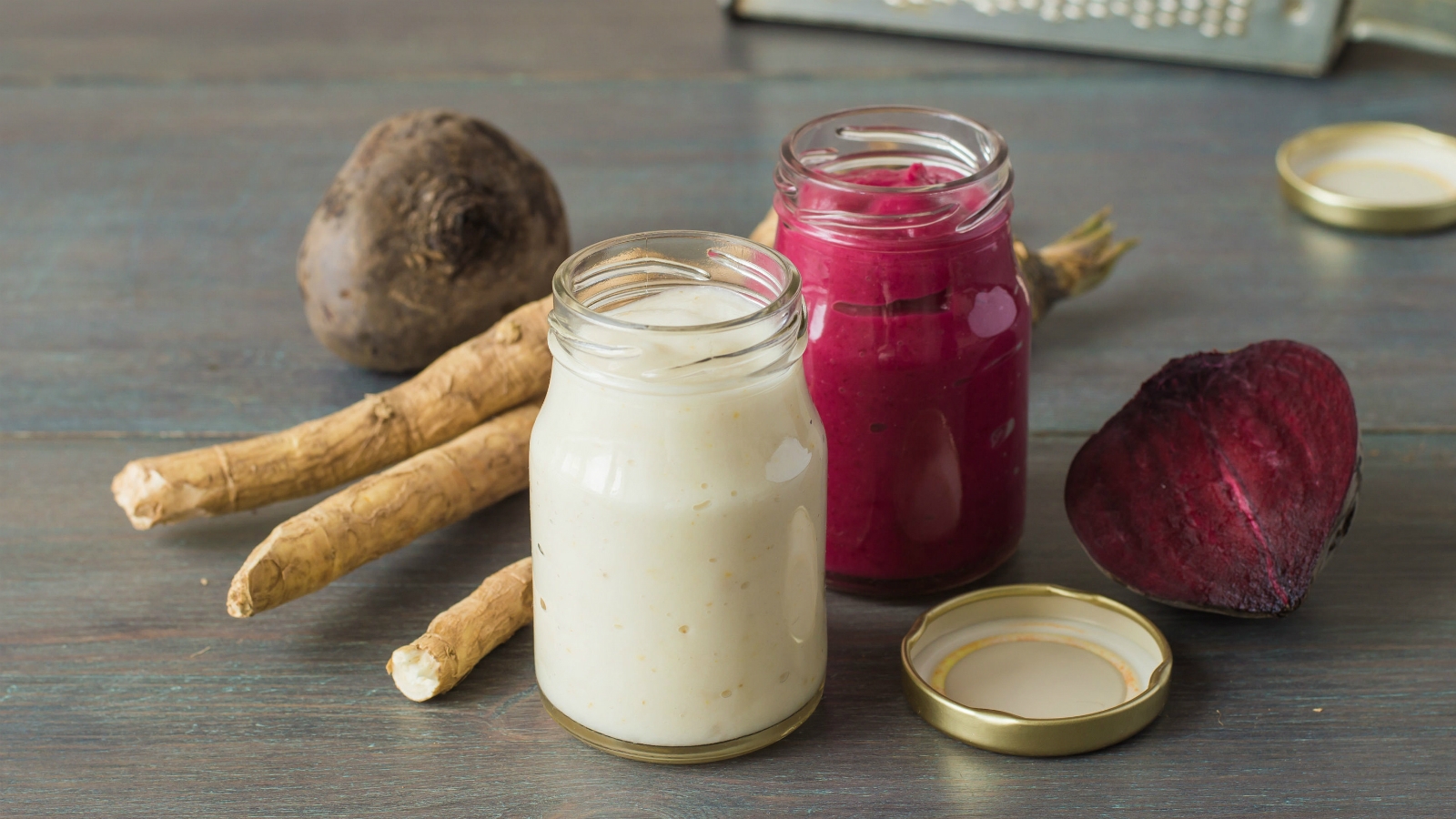Shank bone, check. Haroset, check. Everything is there, on smooth pottery, but wait — is that… wasabi? This is the one item on my seder plate that draws smiles, and I get it. It’s not the norm. It’s my take on a bitter herb, maror. Welcome to our Passover in Japan!
Wasabi is a must at our Japanese-Jewish table. It’s simply what happens when any of us live our Jewish life in a specific cultural stream and land: We make do with what’s available. To not include it at my Passover seder would be harder. I’d have to be oblivious not to use what is here, growing locally.
To be Jewish in Japan is to look for the connectors. After all, I am raising children who are proud and aware of their heritage – being wholly Jewish, Japanese and American. Food is one of the best avenues to express who we are because of its tangibility. Our hamantaschen feature the classics, like Nutella or apricot, sure, but also, matcha with a sakura crust, or a red bean/anko, a chestnut. Any chance I have to celebrate our children’s full identity, I’m taking it. When I could not source the white or red horseradish I was used to growing up in the U.S., I saw a great big wasabi root, nearly a foot long, in my local Tokyo veggie shop and thought, “bingo.”

Wasabi, the one you know from sushi, grows in moving streams of fresh water. The white horseradish you’re probably familiar with, does not grow this way, in the wet ground of streams. Every wasabi root is different – twisty, thick, spicier than others, alive. It’s this plant before it’s the plastic packet in the sushi section of your Trader Joe’s or Prager’s.
The Nosher celebrates the traditions and recipes that have brought Jews together for centuries. Donate today to keep The Nosher's stories and recipes accessible to all.
Grate fresh wasabi with a traditional porcelain (or shark-skin) grater, and you’ll get it: bitter tears. Wasabi affects the olfactory/nasal passages, same as horseradish, clearing out sinuses. If you really go for it, spreading it on thick on your matzah, you may cry harder than the white, or definitely the purple horseradish. It is the strongest choice out there.
Of course, wasabi, an intrinsically Japanese plant, is a natural bridge between my life in the U.S., in Japan, and the Passover story, but it also stirs something in me about leaving my family and community for life in Japan. How do you tear away from such hugs? Sixteen years later, and it is not much easier.
I wish for there to be no ocean between us, no time zones or longing. I relate to the Israelites who missed the gorgeous leeks when they moved into their long journey. I wanted everything just so for those first holidays away from my home in the U.S., but to be happy, we shift and adapt.
I include wasabi to not sink down in bitter tears, but consciously embrace where I am and the life I continue to make and choose. I look at my children, at their precious identities, palettes, humor – their full heritage. Every parent wants to affirm their child’s identity. Fusion is not a gimmick if there is meaning and personal context. Then it is seamless.
Last year, I discovered that I could order powdered white horseradish. I was shocked to notice that the label said “yama no wasabi,” or “mountain wasabi.” Turns out, horseradish is simply the cousin or sibling of Japanese wasabi – the family member who lives on a drier home in the mountains. Call it the same kind of plant but locally sourced.
All of my searching and wanting to source this ingredient and it was there all along.
I now want the spiciest, greenest wasabi. Or any horseradish, really. Why was I even on the hunt for something to make us cry when tears producing tears was never the problem? This year, like every year before, I’ll hold the sweet with the bitter, together.
This article was produced as part of The Nosher’s Jewish Food Fellows Program, which aims to diversify the voices telling Jewish food stories in media spaces.



